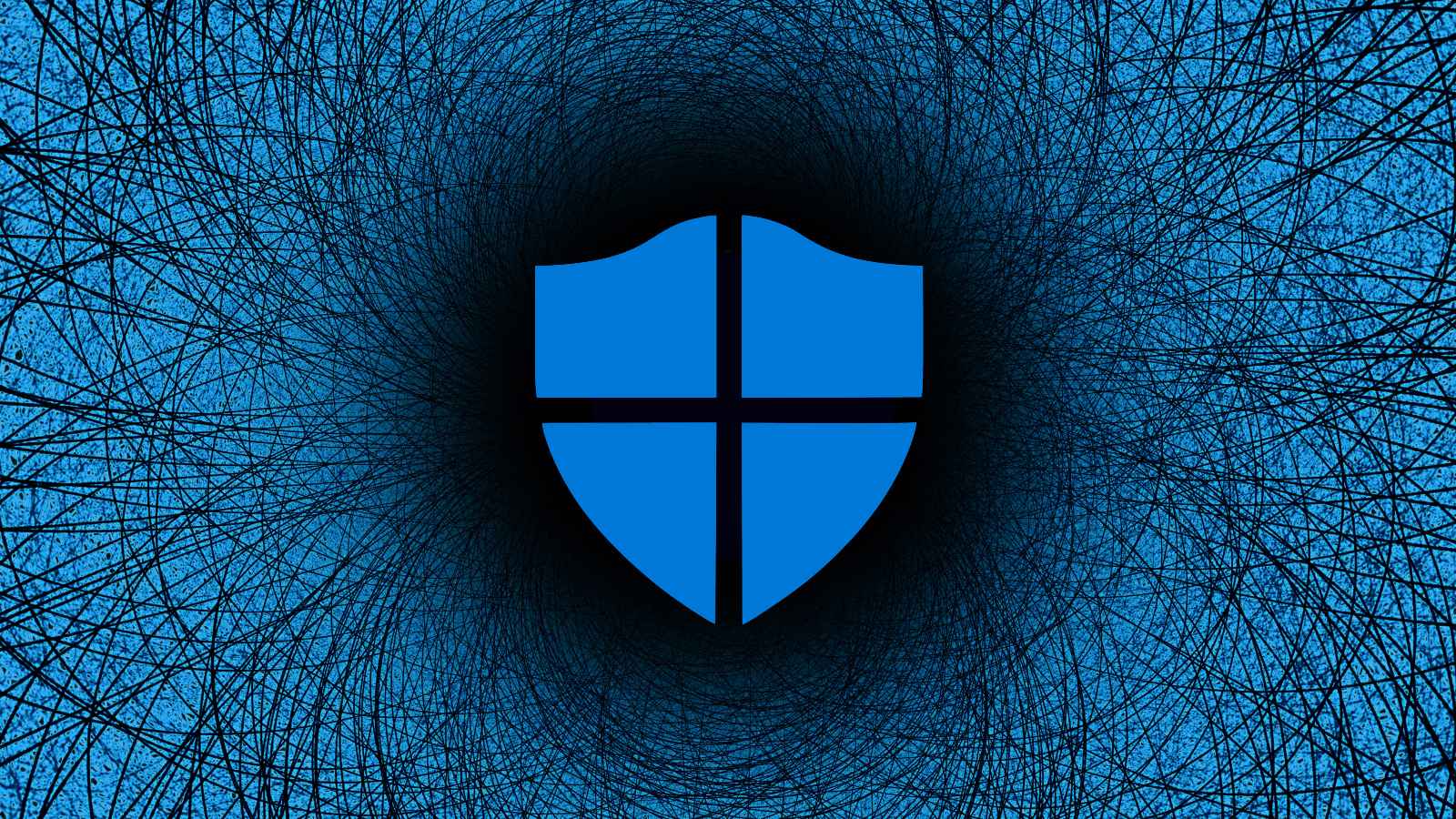Gandalf_The_Grey
Level 85
Thread author
Verified
Honorary Member
Top Poster
Content Creator
Well-known
- Apr 24, 2016
- 7,871
Microsoft is enabling a Microsoft Defender 'Attack Surface Reduction' security rule by default to block hackers' attempts to steal Windows credentials from the LSASS process.
When threat actors compromise a network, they attempt to spread laterally to other devices by stealing credentials or using exploits.
One of the most common methods to steal Windows credentials is to gain admin privileges on a compromised device and then dump the memory of the Local Security Authority Server Service (LSASS) process running in Windows.
This memory dump contains NTLM hashes of Windows credentials of users who had logged into the computer that can be brute-forced for clear-text passwords or used in Pass-the-Hash attacks to login into other devices.
To prevent threat actors from abusing LSASS memory dumps, Microsoft has introduced security features that prevent access to the LSASS process.
One of these security features is Credential Guard, which isolates the LSASS process in a virtualized container that prevents other processes from accessing it.
However, this feature can lead to conflicts with drivers or applications, causing some organizations not to enable it.
As a way to mitigate Windows credential theft without causing the conflicts introduced by Credential Guard, Microsoft will soon be enabling a Microsoft Defender Attack Surface Reduction (ASR) rule by default.
The rule, ' Block credential stealing from the Windows local security authority subsystem,' prevents processes from opening the LSASS process and dumping its memory, even if it has administrative privileges.
BleepingComputer has reached out to Microsoft to learn more about when this rule will be enabled by default but has not heard back.

Microsoft Defender will soon block Windows password theft
Microsoft is enabling an 'Attack Surface Reduction' security feature rule by default to block hackers' attempts to steal Windows credentials from the LSASS process.
